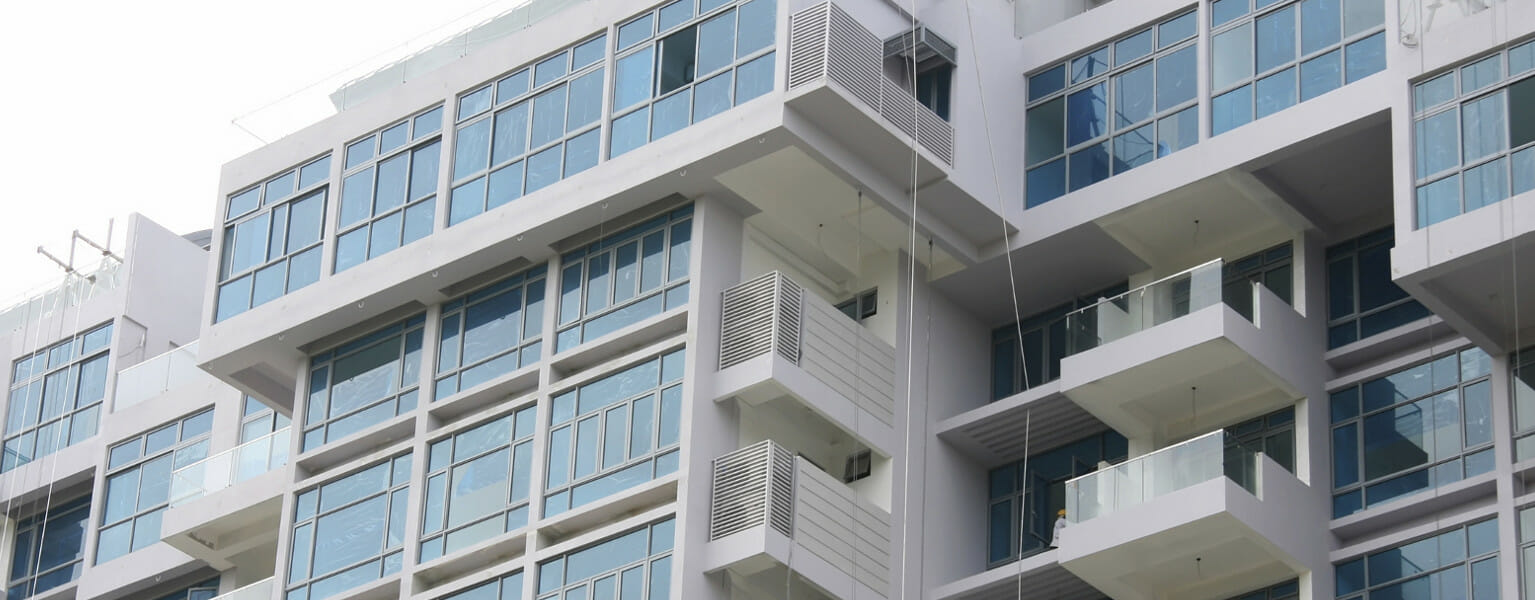This past June 16, Irish students on summer work-visa programs in Berkeley, California were having some fun after work. Thirteen gathered on a single balcony to unwind, but most likely thought little about the risk of so many crowding together. Sadly, the balcony collapsed, six fell to their death, and others suffered serious injuries.
Was the balcony unstable? Was it checked over the last few months or year for structural damage? Or had a storm simply dislodged a critical part of the support? Maybe, instead, it simply had outlived its life-time usefulness because balconies wear out just like roofs do. On top of that, they pose a major risk because when they collapse, the results can be tragic.
The most recent report from Berkeley’s Building and Safety Division stated that the wooden beams supporting the balcony contained extensive dry rot. Building officials recommended that the City Council pass stricter requirements to waterproof new balconies and other areas exposed to water, according to an article in the New York Times.
According to an article from the Gaudette Insurance Agency, keeping up with residential building codes to ensure structural integrity also is critical. It says that “many older porches, decks, and balconies were built before codes required them to support a minimum load pounds per square foot or to have ledger boards with direct structural connections.”
Missing or rusted nails or fasteners can also cause these architectural components to collapse. So can broken railings and heavy furniture, the insurance agency warns. Big clay pots that look stunning but are very heavy — and even more so once filled with dirt, flowering plants, or trees — can cause a balcony to collapse.
In another incident this past spring, bricks came off part of a New York City building’s window ledge and tumbled eight stories. One of the bricks killed a two-year-old girl sitting with her grandmother on a park bench in front, according to spokesmen from the New York Police Department and the Department of Buildings.
Who’s legally responsible for such disasters? The builder or architect, and for how long after they completed the work? Or is it the engineer who conducted inspections but maybe missed something? (Of course, there might not have been any inspections after installation.) Or was the building owner or property manager responsible, and if the latter, was that manager contracted to handle all maintenance tasks?
Six keys to ensure your buildings’ safety & structural integrity
To make sure you’re not held responsible and avoid litigation, the property manager must take charge, says Ed Schroll, an attorney with Genova Burns LLC in Newark, NJ. Schroll, who works in the areas of business transactions and commercial litigation, shared his recommendations with us for protecting your building and tenants.
#1: Detail how structural damage is handled in your management agreement
If you’re the property manager, do you have a solid contractual relationship with the building owner who hired you? That means you have a detailed contract that describes the scope of your services in an itemized list. It spells out who’s responsible for what maintenance tasks on a daily, monthly, and annual basis, for example, and who is responsible for calling inspectors for regular checks of all building parts and systems.
When work is needed, the property manager must have the permission to pick the vendor. Ideally these are tradespeople licensed or certified in their specialties who will sign a contract detailing exactly what must be delivered.
“Property managers should make sure they have a solid property management agreement with their property owners that is clear on delineating responsibility, scope of services, and risk management. Doing so will help avoid problems down the line, and (permit you to) deal with them when they do arise,” Schroll says.
#2: Insist on a capital improvements budget with property owners
Besides maintenance and repairs, detail whether you as the property manager are responsible for making capital improvements like masonry restorations. When it comes to improvements, make sure you have the budget and access to funds to cover everything, whether routine or capital, from maintaining roofs and gutters to installing a new chimney.
#3: Safety signage is worth every cent
Post and regularly update all signs regarding the maximum weight that must be observed on a balcony, roof, or in an elevator where a too-heavy load could spell disaster.
#4: Make exits easily accessible & identifiable
Establish well-lit exits for everyone in the building to escape in case of a fire or other disaster, which might make an elevator inoperable. Signs that clearly point out all exits are also a must.
#5: If it isn’t in writing, it doesn’t exist
Require the building owner to let you know what’s expected of you when it comes to filing and retaining receipts and reports, in both hard copy and electronically. You must be able to find these quickly and refer to them in case of an emergency or other issue.
If the owner wants to retain responsibility for certain tasks, make sure to get it in writing. A handshake or verbal agreement doesn’t cut it, especially if a dispute heads to court.
#6: Indemnify you & your business
Ensure the building owner has indemnified you for potential problems if you meet all your contractual requirements. “An indemnification clause is usually only as good as how well it covers the scope of services outlined in the contract,” Schroll says. “A property manager should have contractual indemnification from the owner for any claims or damages that arise beyond the scope of their obligations. Make sure those obligations are well-defined.”
It may be a cliché, but you can never dot too many Is and cross too many Ts to ensure you’re safe instead of sorry when it comes to your and your tenants’ and visitors’well-being. But you also want to protect yourself legally by handling all requested maintenance and capital improvements, in a timely fashion, and making sure that others also have followed the letter of the law.
This blog submission is only for purposes of disseminating information. It does not constitute legal advice. No attorney-client relationship is formed by virtue of reading this blog entry or submitting a comment thereto. If you need legal advice, please hire a licensed attorney in your state.
Read more on Maintenance & Improvements

